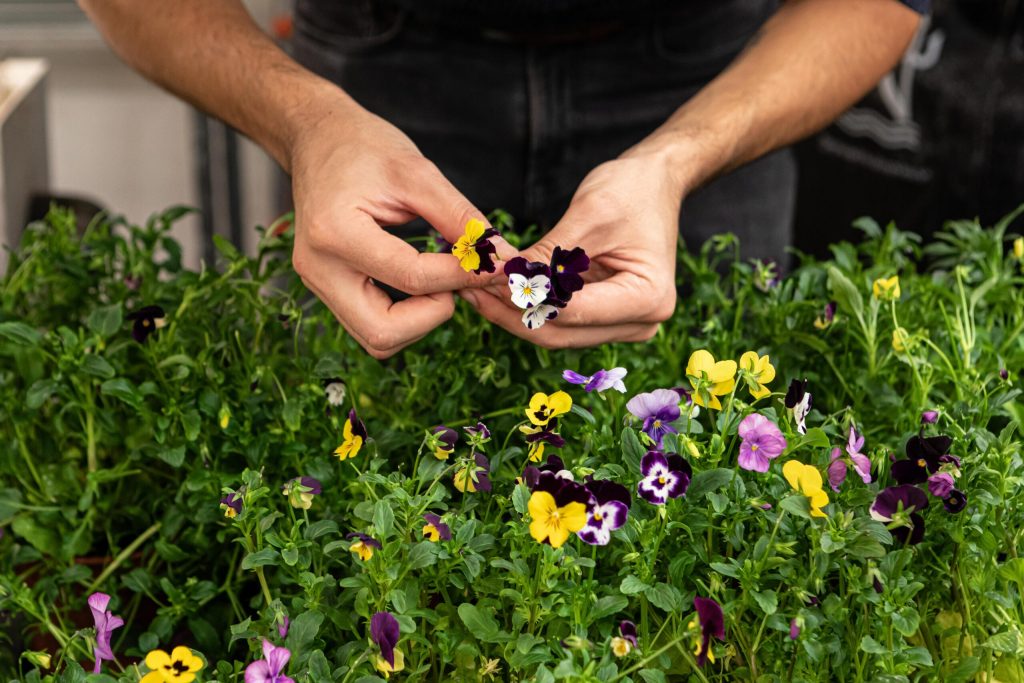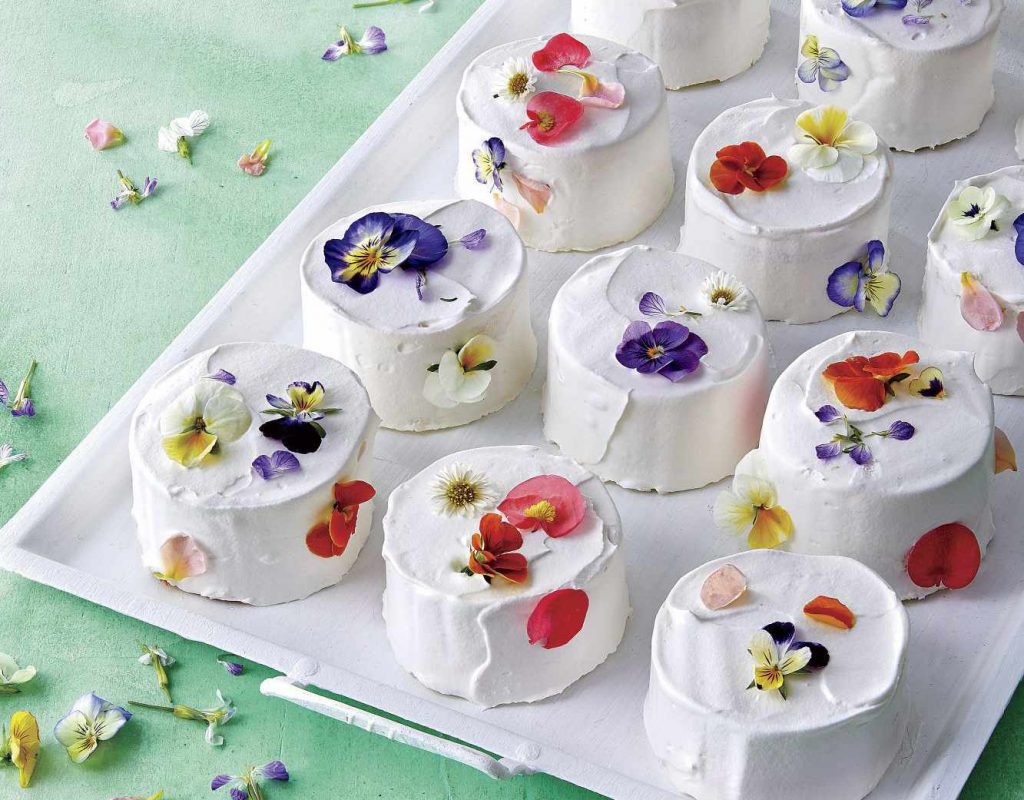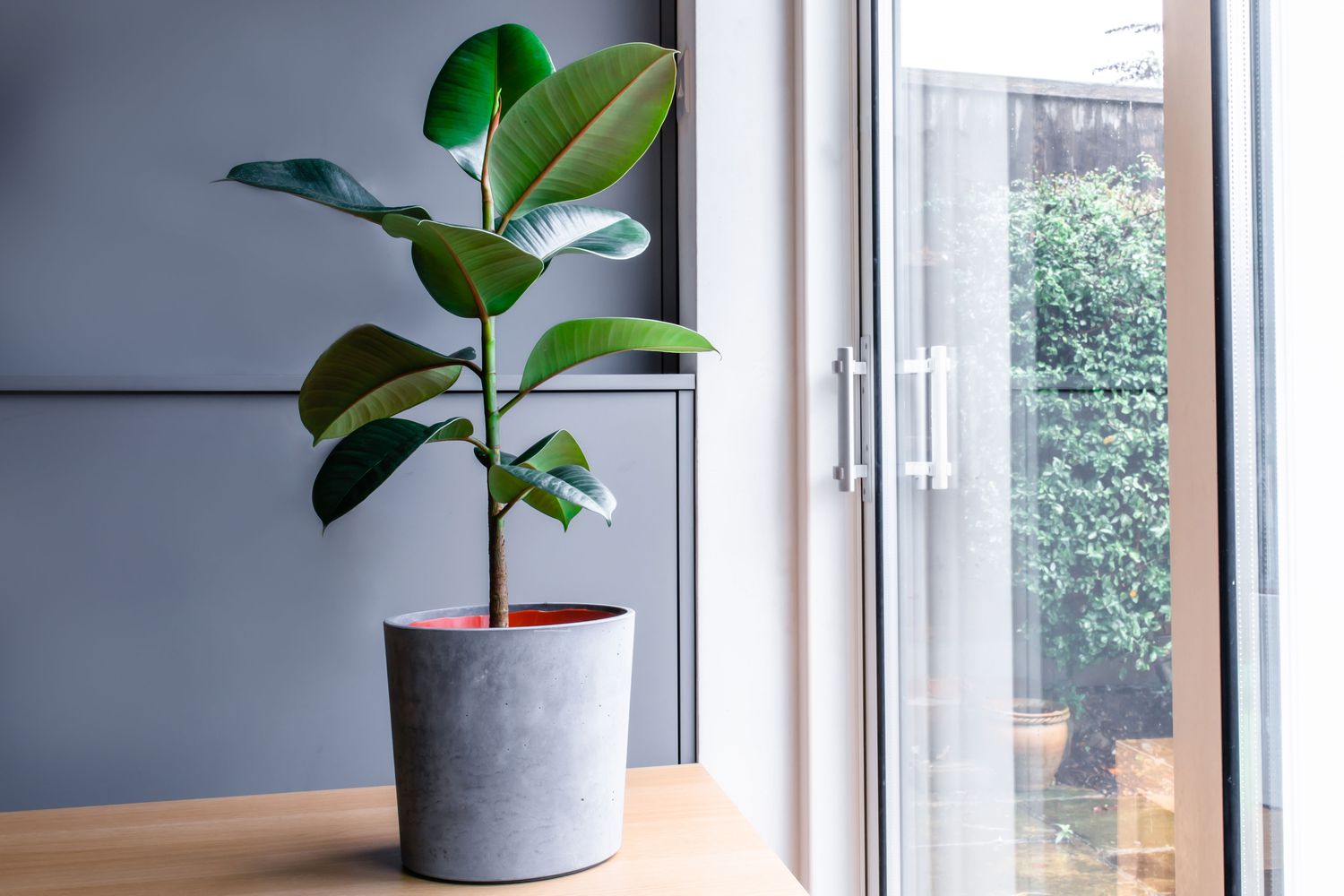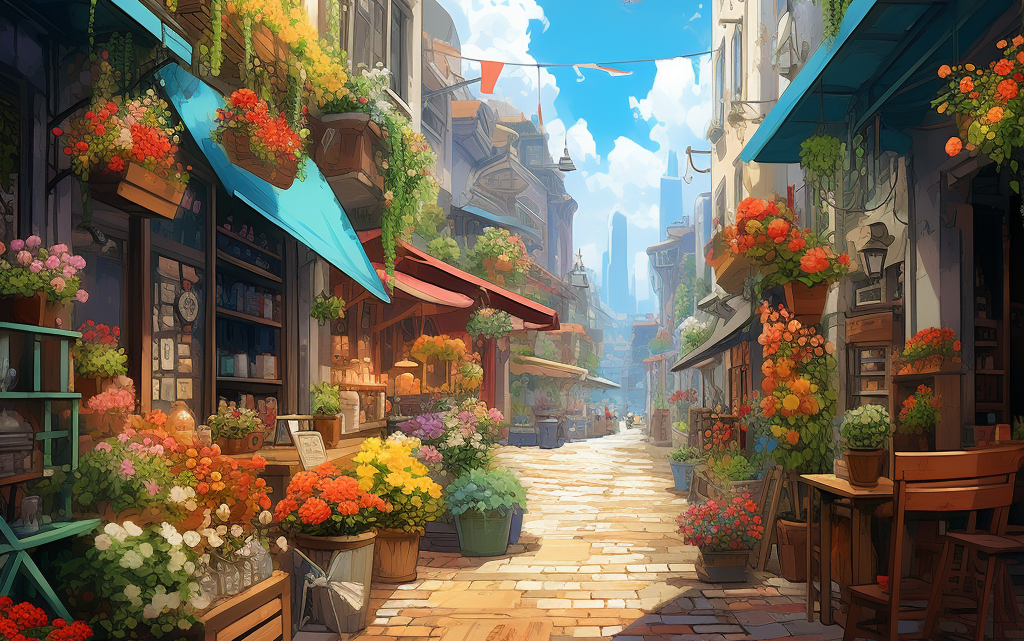Flowers have long been admired for their beauty and aromatic qualities, but did you know that many of them are also edible? they add a unique and delightful touch to various dishes, bringing color, flavor, and a hint of floral elegance to your culinary creations. In this article, we’ll explore the world of edible flowers, from their culinary uses to practical tips on incorporating them into your meals.
A Feast for the Senses with Edible Flowers:
Edible flowers are not only visually appealing but also offer diverse flavors, ranging from sweet to savory and sometimes even spicy. Commonly used in salads, desserts, and beverages, these blossoms turn ordinary dishes into extraordinary culinary experiences. Imagine a salad adorned with vibrant nasturtiums, imparting a peppery kick, or a dessert garnished with delicate rose petals for a touch of sweetness.

Popular Edible Flowers:
Nasturtiums:
With their peppery flavor, nasturtiums are perfect for salads and garnishes. Both the leaves and vibrant flowers are edible.
Calendula (Marigold):
Known for its golden petals, calendula adds a slightly tangy taste and a pop of color to salads, soups, and rice dishes.
Lavender
Famous for its aromatic qualities, lavender enhances both sweet and savory dishes. Use it sparingly to infuse a subtle floral note into desserts or teas.
Chive Blossoms:
The blossoms of chives bring a mild onion flavor to salads, dips, and soups. They are excellent for both flavor and visual appeal.
Violets
Delicate and subtly sweet, violets are ideal for decorating desserts, salads, and cocktails. They can also be crystallized for an elegant touch.
Hibiscus
Known for its vibrant color, hibiscus flowers make a delightful addition to teas, beverages, and desserts, imparting a tart flavor.

Practical Tips for Using Edible Flowers:
Choose Organic:
Ensure the flowers you use are organic and free from pesticides. If you’re uncertain about the source, it’s best to grow your own or purchase from reputable suppliers.
Harvesting:
Pick flowers in the morning when they are at their freshest. Gently rinse them with water and allow them to air dry on paper towels.
Know Your Flowers:
Be certain about the edibility of the flowers you plan to use. Some flowers may be beautiful but are not suitable for consumption.
Storage Edible Flowers:
Store them in the refrigerator with damp paper towels to maintain their freshness. Use them within a day or two for the best flavor and appearance.
Embracing the world of edible flowers opens up a realm of culinary possibilities. From enhancing the visual appeal of your dishes to adding unique flavors, these blossoms can transform your cooking into a sensory adventure. So, the next time you’re in the kitchen, consider experimenting with edible flowers and let your culinary creations bloom with a touch of floral elegance.



